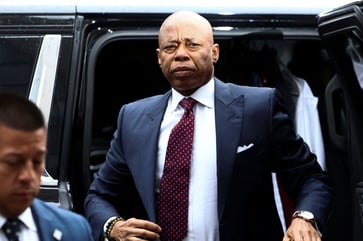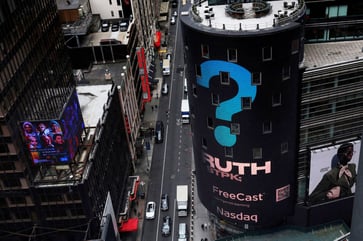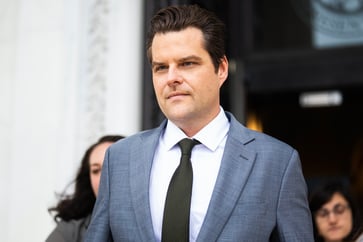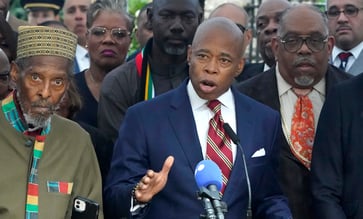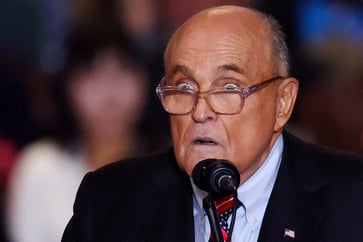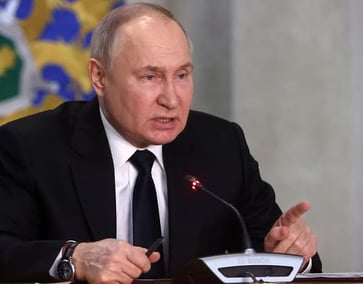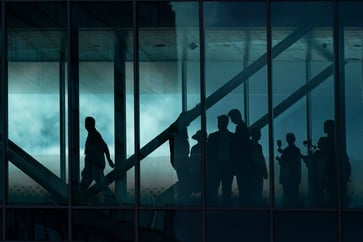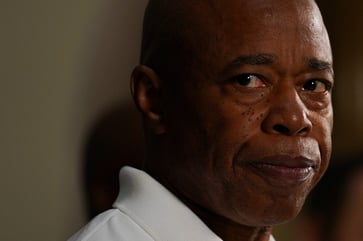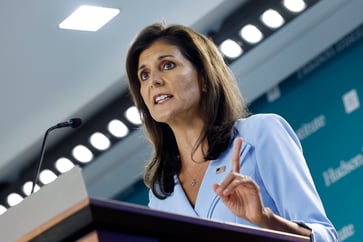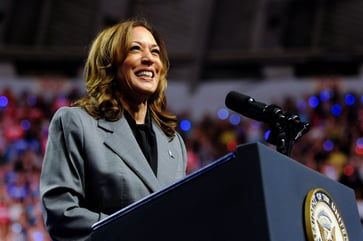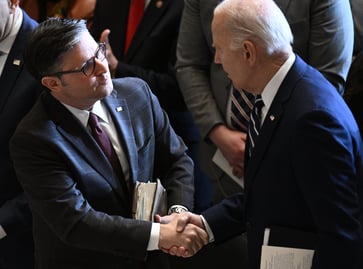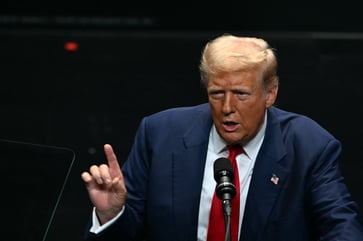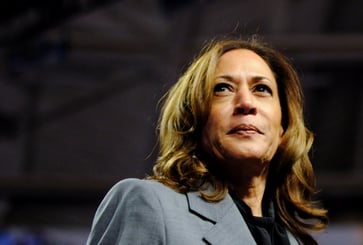Amid economic strife, crackdowns and regional war, Iran holds presidential election.
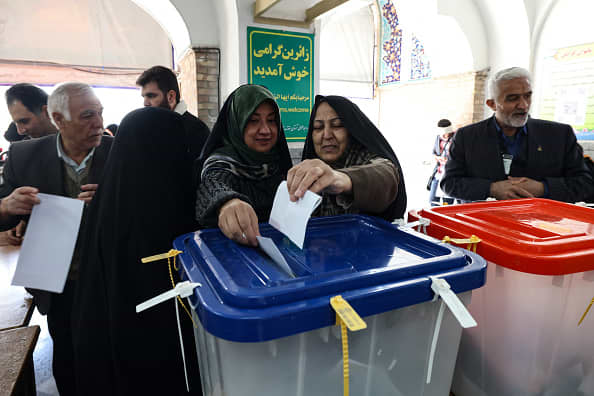
- The sudden death of former President Ibrahim Raisi in a helicopter crash has led to a snap election in Iran, and the outcome could have significant consequences beyond its borders.
- Only one of the candidates approved to run is not a conservative, anti-Western hardliner.
- If there is no clear majority after Friday's vote, the top two candidates will face a second round of voting on July 5.
On Friday, Iran will hold a snap election to choose its next president, following the sudden death of former President Ebrahim Raisi in a helicopter crash. The election's outcome could have significant consequences beyond Iran's borders.
Four conservative hardliners, half of whom have been sanctioned by Western governments, are still in the race for the vote, while the other two dropped out on Thursday.
If no candidate receives a majority in the vote on Friday, the top two candidates will compete in a second round on July 5. The victor will serve for four years and will have numerous obstacles to overcome.
The upcoming election in Iran presents challenges for the country of 88 million, with low turnout expected. Iranians will vote amidst a struggling economy, widespread dissatisfaction, and crackdowns on dissent. Additionally, Iran is grappling with high inflation, harsh Western sanctions, escalating tensions with the U.S., increased nuclear enrichment, and the ongoing Israel-Hamas conflict.
The Guardian Council, Iran's ultra-conservative council, has approved only six candidates for the presidency out of 80 registrants, leaving many voters feeling they have no genuine choice. As a result, many Iranians have pledged to boycott the upcoming election.

The reformist camp is represented by only one candidate, while the majority of candidates hold hardline anti-Western views and disqualified women who had registered to run.
The 2021 and March 2024 presidential and parliamentary elections in Iran had the lowest voter turnout in the country's history, and it is predicted that this trend will continue.
The decline in voter turnout over the past few years highlights the growing disillusionment of the public with the government's emphasis on participation to maintain legitimacy as a republic, according to Iran analysts Ali Vaez and Naysan Rafat in a report from the Crisis Group think tank.
"It seems unlikely that there will be a significant shift in the belief that change can be brought about through voting."
Who is running?
According to national polls, two conservative candidates, Mohammad Bagher Qalibaf and Saeed Jalili, are leading the race. The field of candidates includes only one reformist candidate, Masoud Pezeshkian. On Thursday, two of the six initial contenders, Amirhossein Ghazizadeh Hashemi and Alireza Zakani, dropped out of the race.
Qalibaf is Iran's current speaker of Parliament, a former IRGC commander, and has previously served as Tehran's mayor. He has already made three attempts at running for the presidency.
Saeed Jalili is a former nuclear negotiator who currently serves as a representative for supreme leader Ayatollah Ali Khamenei on the Supreme National Security Council, known to be the most hardline wing of the regime. He is further on the right politically than Qalibaf and a longtime Iranian government insider, but has also had several failed attempts at running for office.
Masoud Pezeshkian, a former health minister and parliament member since 2008, is the only reformist candidate in the field. He is a member of the Islamic Consultative Assembly and the vice speaker of Parliament. Pezeshkian aims to relax social restrictions, such as Iran's strict hijab law, and improve relations with the West, including possibly re-starting nuclear talks with world powers.
Pourmohammadi is the only cleric in the race and has a history of serving as a prosecutor in the Revolutionary Court and as a deputy minister in Iran's Ministry of Intelligence, working under both conservative and reformist presidencies.
Where the real power lies
The upcoming election in the United States will have a significant impact on Iran's next president, increasing the tension between Tehran and Washington, as well as the entire Middle East, as Iran approaches nuclear bomb-production capability and continues to support proxy groups fighting Israel.
While the Iranian president has some sway on foreign policy and war matters and serves as the country's public spokesperson, ultimate power and crucial decision-making in Iran rest with the supreme leader, Ayatollah Khamenei, and unappointed bodies such as the Revolutionary Guards.
The Supreme Leader, not the president, is the top authority in the Iranian system, with a vast office that serves as a shadow government and exerts ultimate control over foreign and domestic policy decisions, according to Crisis Group.
"The presidency and the executive branch's power are checked by it, as well as the influence of elected and unelected state institutions, such as parliament and the Revolutionary Guards."
The election is being closely monitored by observers for any hints about the succession plan for Supreme Leader Ayatollah Khamenei. Khamenei has been a strong supporter of Russia in Ukraine, has attacked Israel during the Gaza war, and has armed proxy groups such as Hamas in Gaza, Hezbollah in Lebanon, and the Houthis in Yemen. Prior to his sudden death, Raisi was considered a top contender for the succession of the Supreme Leader.
Politics
You might also like
- Elon Musk should be cautious of Trump's self-serving loyalty.
- Israeli army declares Hezbollah leader Hassan Nasrallah dead following strike.
- Trump calls for Google to be prosecuted over search results he claims favor Harris.
- The stock price of Trump Media surges in active trading following the sale of shares by its co-founders.
- Three Iranian nationals accused of hacking into the Trump campaign.
